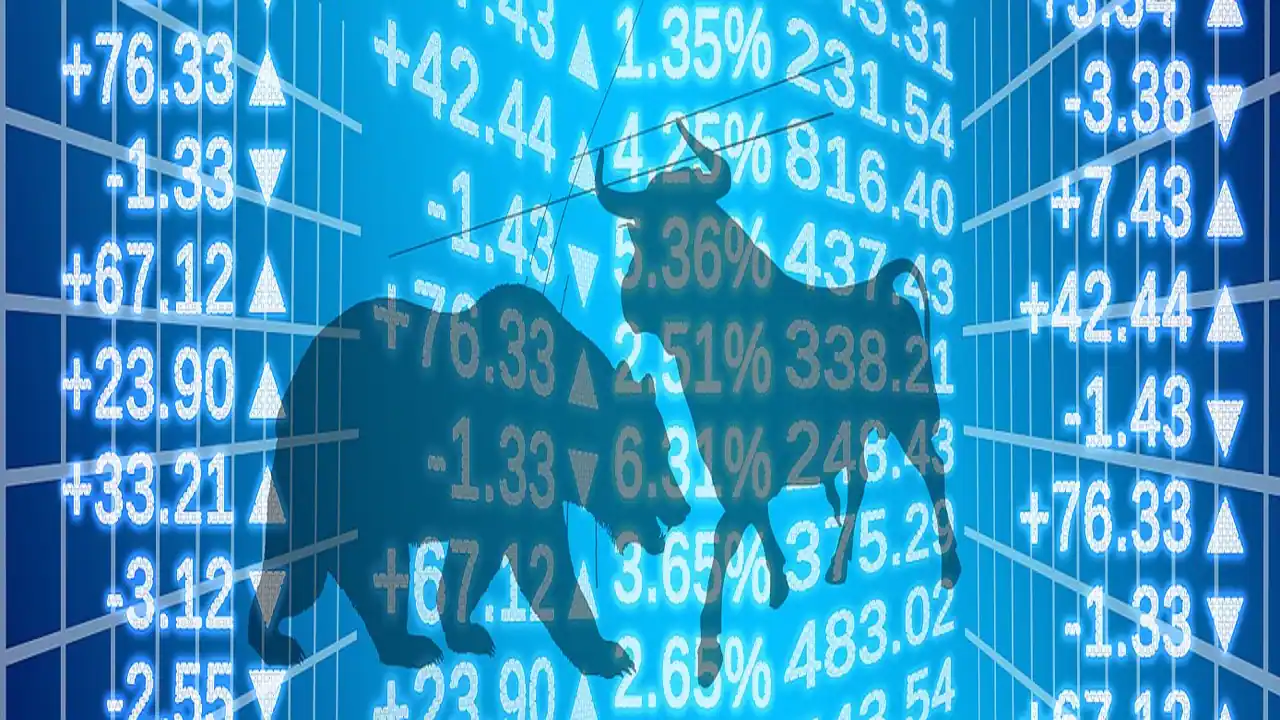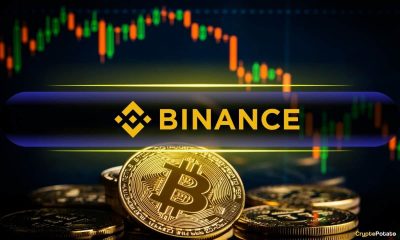Stock Markets
U.S. stock indices today declined 0.8-1%

The U.S. stock indices today, the Dow Jones Industrial Average and Standard & Poor’s 500, finished “in the red” for the third consecutive session amid mixed statistics and corporate reports. Meanwhile, the fall of S&P 500 on Thursday was the biggest since December 15, reports MarketWatch.
U.S. stock market indices – what’s going on?
Over the past few weeks, most analysts have changed their forecasts for the first and second quarter earnings changes for companies in the S&P 500 from growth to decline. The index is now expected to decline by an average of 0.6% in January-March and 0.7% in April-June, according to a FactSet survey.
The number of U.S. construction starts in December fell 1.4% from the previous month to an annualized rate of 1.382 million, the Commerce Department said Thursday. According to revised data, the number of new buildings in November was 1.401 million, not 1.427 million as previously announced. Experts had predicted a drop to 1.359 million from the previously announced November level, according to Trading Economics.
The number of Americans filing for unemployment benefits for the first time last week fell by 15,000 to 190,000, the Labor Department said. This is the lowest figure since September. Analysts on average had expected an increase to 214,000.
Philadelphia’s manufacturing activity index rose to 4.9 points in January, up from minus 0.9 points a month earlier. Experts expected the indicator, calculated by the Philadelphia Fed, to rise to minus 3.5 points. The negative value of the index indicates a weakening of activity in the region’s manufacturing sector, while a positive one indicates a strengthening.
The Dow Jones Industrial Average fell 252.4 points (0.76%) to 3,344.56 on Thursday. Leading the declines among index components were shares of Home Depot Inc (NYSE:HD). down 4%, 3M Co (NYSE:MMM). – by 3.5% and American Express Co (NYSE:AXP). – by 2.4%.
The Standard & Poor’s 500 fell 30.01 points (0.76%) to 3,898.85 points on the day.
The Nasdaq Composite index shed 104.74 points (0.96%) to end the session at 10852.27 points.
Earlier, we reported that Netflix stock soared 7% after the release of a strong report.
Stock Markets
CFTC speculative positions, Fed balance sheet data due Monday
Stock Markets
Oracle, Datadog Lead Thursday’s Market Cap Stock Movers
Stock Markets
Stocks hit record, US dollar strengthens after jobs data

 Forex3 years ago
Forex3 years agoForex Today: the dollar is gaining strength amid gloomy sentiment at the start of the Fed’s week

 Forex3 years ago
Forex3 years agoUnbiased review of Pocket Option broker

 Forex3 years ago
Forex3 years agoDollar to pound sterling exchange rate today: Pound plummeted to its lowest since 1985

 Forex3 years ago
Forex3 years agoHow is the Australian dollar doing today?

 Cryptocurrency3 years ago
Cryptocurrency3 years agoWhat happened in the crypto market – current events today

 World3 years ago
World3 years agoWhy are modern video games an art form?

 Commodities3 years ago
Commodities3 years agoCopper continues to fall in price on expectations of lower demand in China

 Economy3 years ago
Economy3 years agoCrude oil tankers double in price due to EU anti-Russian sanctions
























